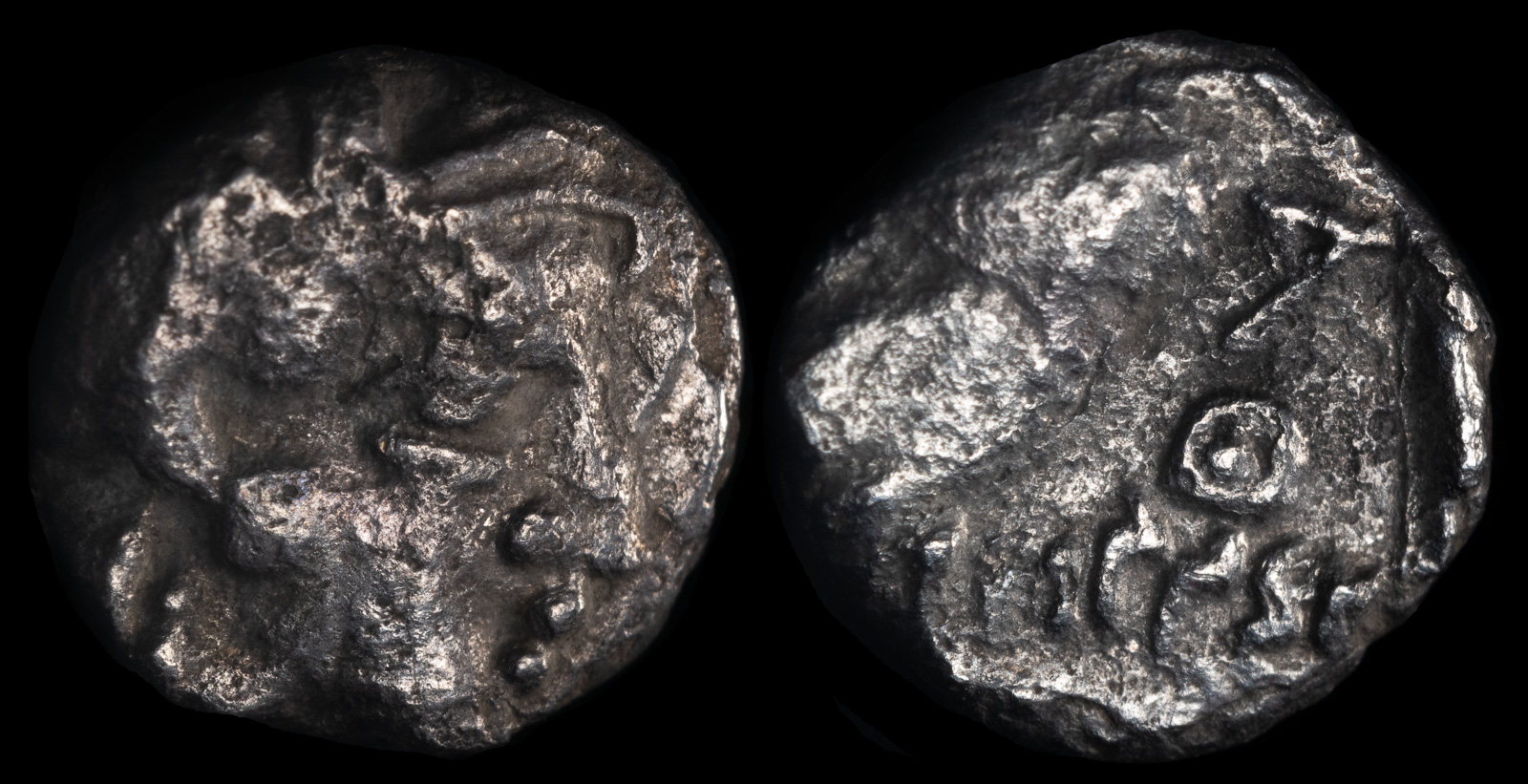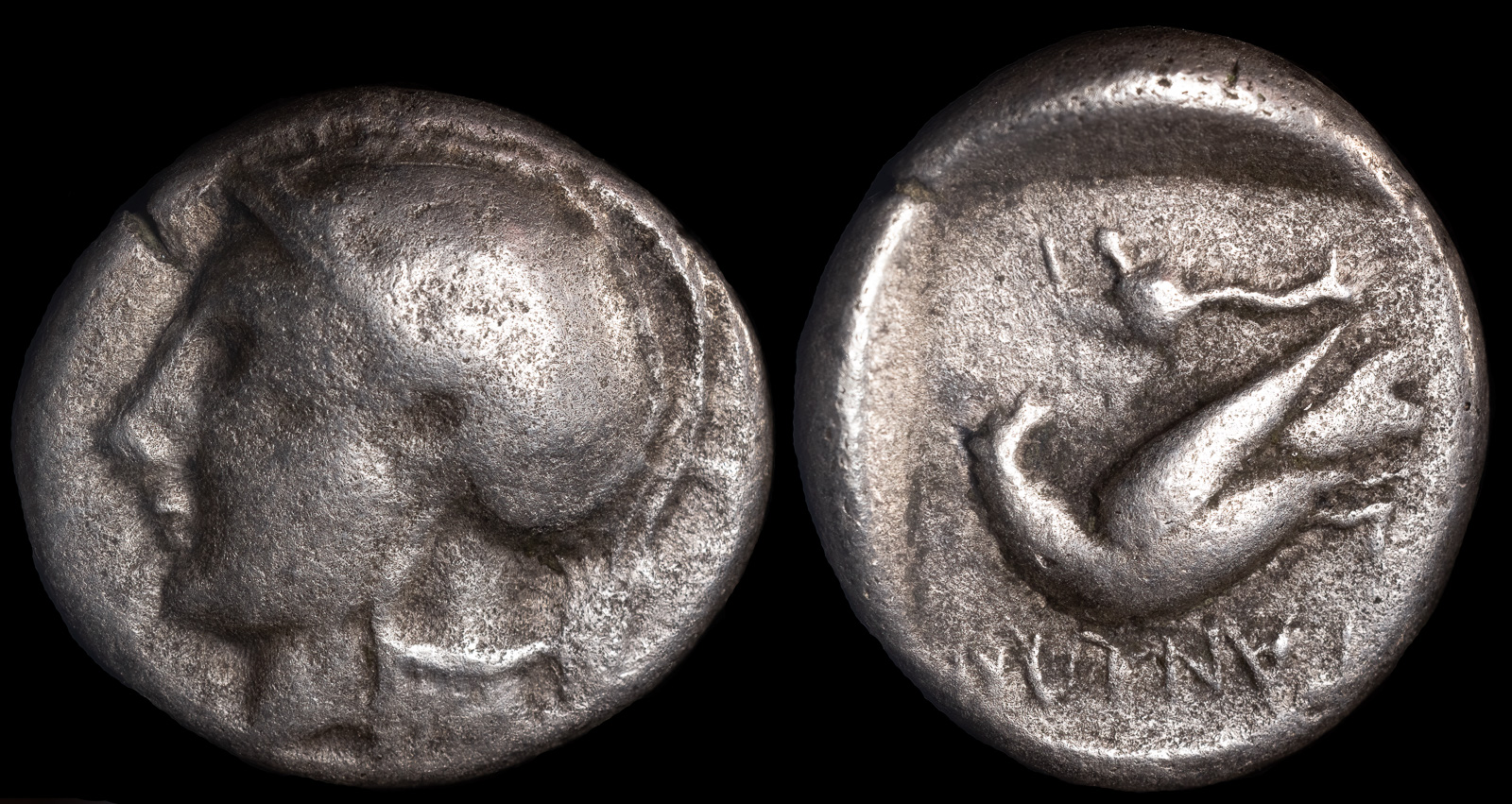Triton
View All Tags
Triton’s most iconic attribute is his trumpet, often described as a conch shell. The blowing of this shell was said to have a powerful effect: it could calm or stir the waters, controlling the very tides and waves. This ability to both calm and provoke the sea underlines his role as a mediator between the chaotic and peaceful forces of the ocean. In some myths, Triton uses his conch to assist gods or heroes, such as guiding them safely through treacherous waters. In others, he uses it to repel or attack, particularly when his father, Poseidon, needs assistance in battle or in enforcing his rule over the seas.
In one of the most famous myths, Triton plays a role in the tale of Heracles. When the hero is journeying to the Garden of the Hesperides, he encounters Triton, who provides help and guidance. Triton’s interaction with heroes like Heracles solidifies his position as an important but often minor figure in Greek mythological narratives.
Triton is not only a servant or messenger of his divine parents, but he also has his own stories and cults. He is depicted in art and sculpture as a powerful, muscular figure with a human torso and fish tail, often surrounded by sea creatures or blowing his conch. His myths highlight the complex relationship the Greeks had with the sea, viewing it as both a source of life and danger. As a powerful sea deity, Triton represented the untamed, unpredictable aspects of the ocean, and his role in mythology reflects the sea’s potential to both nurture and destroy.

Samaria, “Middle Levantine” Series
Circa 375-333 BCE
Minted by Hananiyah(?)
AR Obol 8mm, 0.59 g, 5h
Imitating Athens. Helmeted head of Athena right /
Owl standing right, head facing; olive spray to left, [H]YNNḤ (in retrograde Aramaic) to lower right.
Meshorer & Qedar 38; Sofaer 111; Triton XIII, lot 1343 (same rev. die)

Crete. Itanos AR Drachm / Eagle
320-280 BCE
17.81mm 4.81g
Obverse: Helmeted head of Athena left
Reverse: ITANIΩN, eagle standing right, head reverted, Triton holding trident in the right field
SNG Copenhagen 475